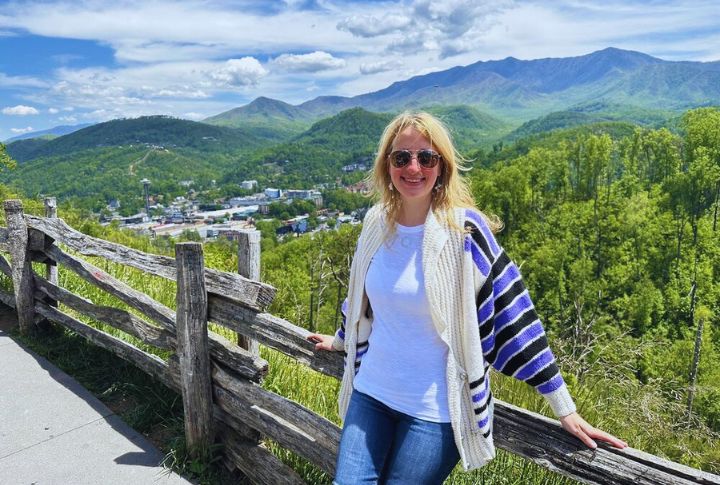
When society starts wobbling, the smartest move is scouting places that stay calm when everything else flips upside down. Some corners of the country carry that rare mix of stability, space, and quiet strength people wish they’d noticed sooner. Ready to meet them? Grab your imaginary escape bag and come along.
The Ozark Mountains, Missouri, And Arkansas
A newcomer in the Ozarks often notices early that the region gives more than expected. Big Spring, ranked among the nation’s largest natural springs, produces an enormous daily flow that anchors the area, and deep caves supply reliable shelter. Forests rich in nuts, berries, and mushrooms further add strength that becomes important during a crisis.
The Appalachian Mountains, Eastern Kentucky, And Western North Carolina
The Appalachians reveal their strength through ridges that fold into protected valleys, and dependable streams run through forests that supply essential resources. Families once lived here with very little outside support, and that history still shapes the region. Those same natural patterns also help the mountains remain steady in the extended disruption.
The Great Smoky Mountains, Tennessee
The Smokies offer steady water sources, fertile ground, and wildlife diversity that support long-term survival. Foragers find reliable plant cycles, and hunters depend on stable animal populations. The landscape also creates natural barriers that slow threats. Anyone seeking a durable refuge gains a setting built for resilience rather than rapid depletion.
The Alaskan Interior
Isolation defines the Alaskan Interior and sets up conditions that become useful when society weakens. The separation pairs with extended summer daylight, which provides extra hours for essential tasks, and winter darkness, which naturally limits movement. Forests, wildlife, and only a few access points then reinforce that distance by forming dependable natural barriers.
The Rocky Mountains, Colorado, And Wyoming

The Rockies show their strength as elevation climbs and distance from crowded regions increase. This rising terrain leads straight into alpine forests that supply dependable materials, while active wildlife signals a healthy environment across the high slopes. Water, shaped by the Continental Divide, also moves through steady channels and provides stability amid societal breakdown.
Northern Idaho And Western Montana
Evergreen forests rise along the mountains here, and broad valleys stretch toward clear freshwater lakes. Wildlife in the Bitterroot and Cabinet ranges follows stable patterns that hold even when pressure builds elsewhere. Huckleberries reflect the health of the land, and this consistency becomes a meaningful asset during societal breakdown.
Northern New England (Maine & New Hampshire)
Cold arrives early in Northern New England, and the region adapts with habits that continue to work when modern systems weaken. Forests surround accessible freshwater lakes, and the low population helps reduce strain on supplies. Households rely on wood heat, creating daily routines that remain steady through extended disruption.
Inland Pacific Northwest (Eastern Washington And Oregon)
Dry valleys bordered by mountains define this region, and these natural structure creates protective space during a crisis. Volcanic soil turns the open ground into productive fields, while clear weather keeps planning straightforward when stability fades. Wild sagebrush carries traces of older skills, which still matter, and this touch of history strengthens the region’s reliability.
The Black Hills, South Dakota
The Black Hills rise sharply from the plains, giving a strong sense of protection as pine-covered peaks fill the horizon. Granite ridges help secure underground water, and long cave systems offer built-in shelter. Wildlife moves easily through the forests, showing how well the region remains balanced under pressure.
The Upper Peninsula (U.P.), Michigan
Water stays close in the U.P. because three Great Lakes surround nearly every edge of the peninsula. Thick forests hold steady across the interior, and wildlife remains active throughout the seasons. Practical habits guide everyday life here, and those rhythms keep things moving even when wider systems start slipping.

